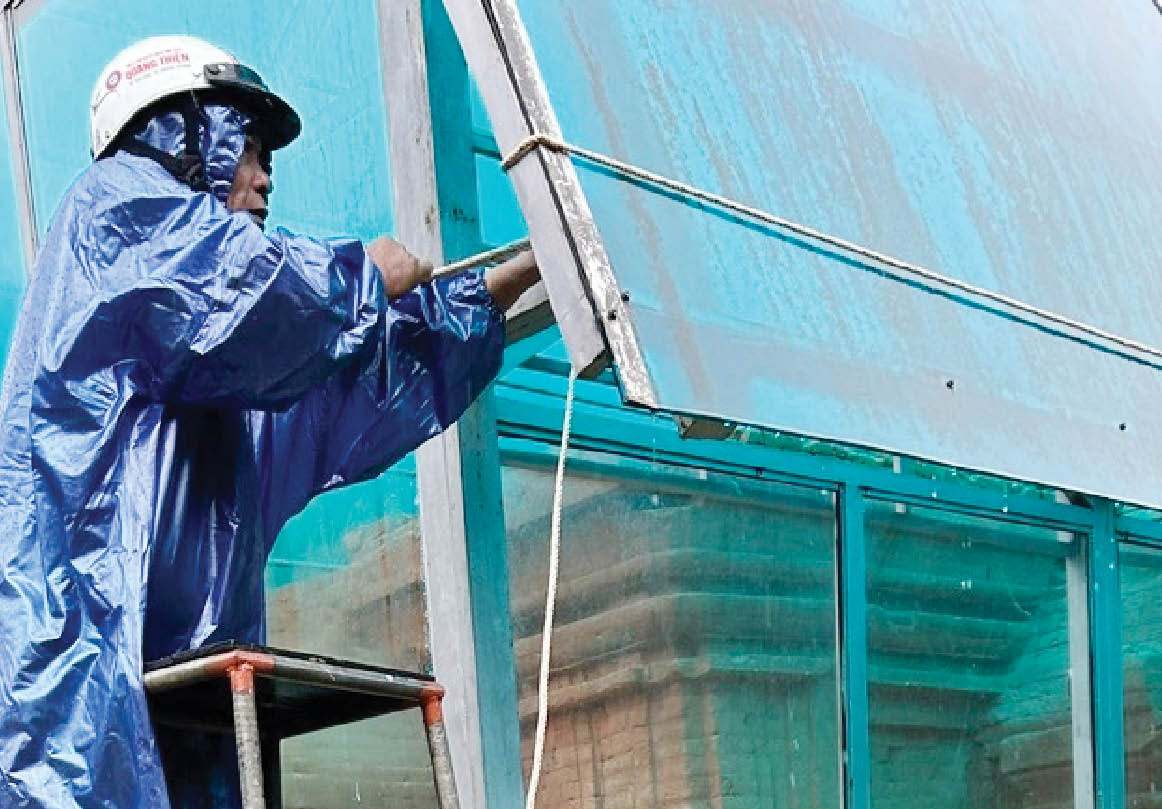 |
| During the rainy and stormy season, the Museum uses ropes to tie up the covering system of the Phu Dien tower relic. Photo: BTLS |
Hue City Museum of History is the unit assigned to directly manage many important relics in the area, such as: Central Region Party Committee Office 1938 - 1939; Tri Thien Hue Regional Party Committee Tunnels; Phan Boi Chau Memorial Site; Nguyen Chi Dieu Memorial House; Chin Ham Relic Site and Ngo Dinh Can House; Ban Mountain Relic, Loi Citadel, Phu Dien Champa Tower; Headquarters of Tieng Dan Newspaper and Ung Binh Relic in Chau Huong Vien...
Mr. Nguyen Duc Loc, Director of the Museum, said that without waiting for storms, right from the beginning of the season, the unit had planned to inspect the exhibition house, warehouses for artifacts, relics... to come up with a response plan.
However, in reality, this work faces certain difficulties, because Hue is a locality located in a hot and sunny climate area, often experiencing storms, floods, and humidity, so the relics are very susceptible to degradation. Some relics in the city have received investment attention from the State and contributions from the community, but in recent times, many degraded relics have not been restored and embellished in time, such as: Phan Boi Chau Memorial Site, Nine Tunnels and Ngo Dinh Can House Relic Site, Headquarters of the People's Voice Newspaper, Nguyen Chi Dieu Memorial House, Central Region Party Committee Office 1938 - 1939...
To protect the relic, every rainy and stormy season, the Museum mobilizes local forces, uses means and materials to support, reinforce, and trim trees around the relic. The unit has a storm and flood prevention and control committee with 4 on-site plans: local forces, local command, local means, and local logistics. Accordingly, scenarios for handling and resolving urgent situations are also developed.
With many localities assigned to manage relics, coordination in protecting relics as well as responding to storms and rains is a priority. At Champa Phu Dien tower in Phu Dien commune, Phu Vang district in the past and now in Phu Vinh commune, is one of the strictly protected relics.
Once recognized by the Vietnam Record Organization and the World Record Union, the Champa Phu Dien Tower is considered the first ancient brick Cham tower excavated and preserved deep under the coastal sand dunes in Vietnam and the world. Because it is located in deep sand and close to the sea, protecting the tower is a challenge during the rainy and stormy season. To protect it, in addition to installing a greenhouse system, trees are planted here to prevent subsidence and sea encroachment, along with a solid wall system around the tower.
A representative of the Phu Vinh Commune Department of Culture and Society informed that although the main management unit belongs to the Hue City Museum of History, the locality always coordinates to protect the relic, especially during storms, ensuring safety and minimizing risks.
Regarding the proactive plan, Mr. Nguyen Duc Loc, Director of Hue City History Museum said: "We regularly update storm and flood information from specialized agencies. If there is a possibility of flooding, we will move paper artifacts, films, documents and other easily damaged artifacts to a dry place. In addition, we will mobilize forces to support the facility and handle trees that are at risk of falling and damaging outdoor artifacts."
Statistics show that Hue city has harsh weather but many relics are facing degradation, while the number of relics receiving investment support for repair and restoration is not much.
According to Mr. Loc, in the long term, the Hue City History Museum plans to prepare a project dossier and submit it to the competent authorities to allocate funding to restore and embellish the degraded relic, not only to promote its value but also to minimize the impact of current climate change on the heritage.
Source: https://huengaynay.vn/du-lich/di-san-van-hoa/bao-ve-di-tich-truoc-thien-tai-158873.html



![[Photo] 60th Anniversary of the Founding of the Vietnam Association of Photographic Artists](/_next/image?url=https%3A%2F%2Fvphoto.vietnam.vn%2Fthumb%2F1200x675%2Fvietnam%2Fresource%2FIMAGE%2F2025%2F12%2F05%2F1764935864512_a1-bnd-0841-9740-jpg.webp&w=3840&q=75)
![[Photo] National Assembly Chairman Tran Thanh Man attends the VinFuture 2025 Award Ceremony](/_next/image?url=https%3A%2F%2Fvphoto.vietnam.vn%2Fthumb%2F1200x675%2Fvietnam%2Fresource%2FIMAGE%2F2025%2F12%2F05%2F1764951162416_2628509768338816493-6995-jpg.webp&w=3840&q=75)



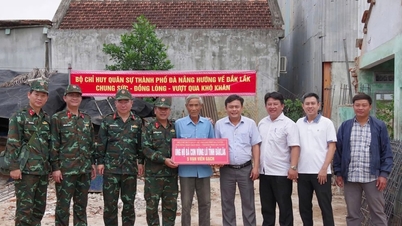



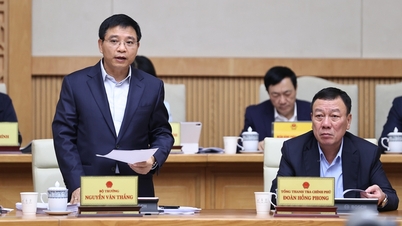

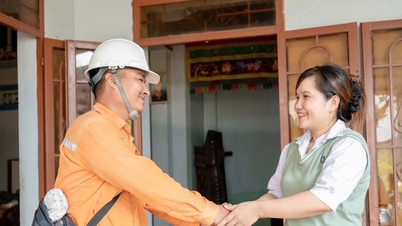
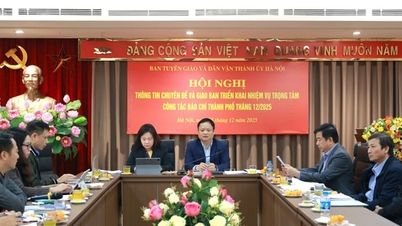

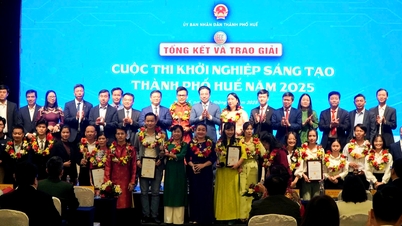
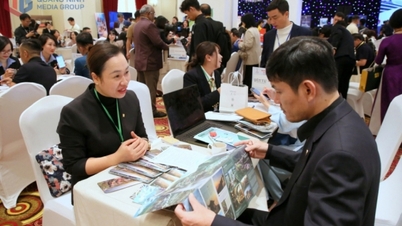

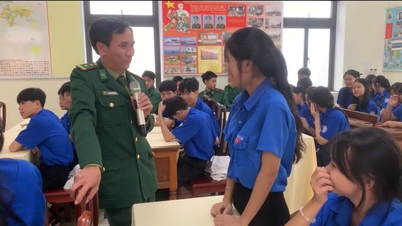


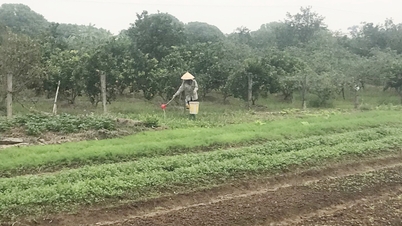







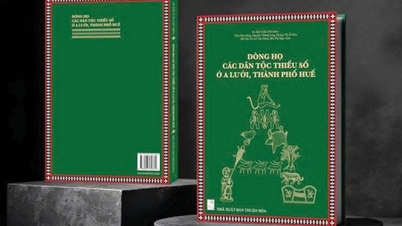
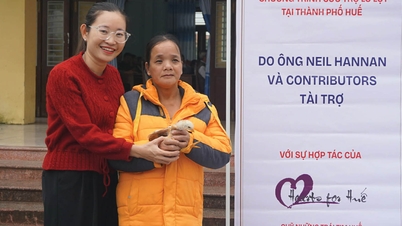
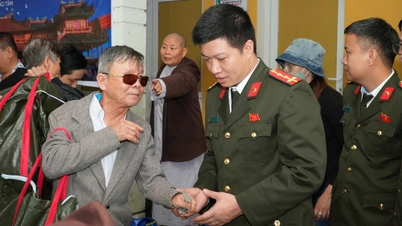
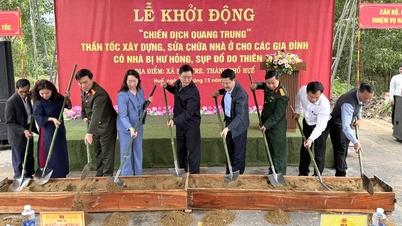
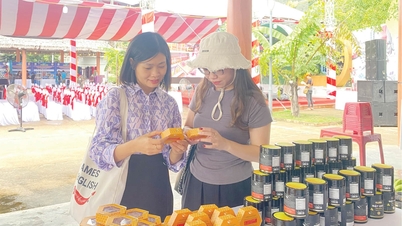
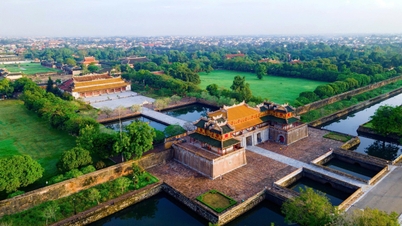
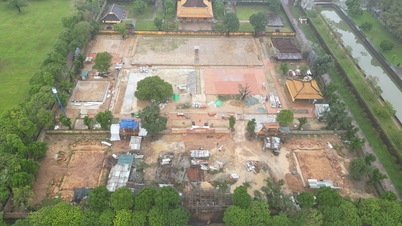





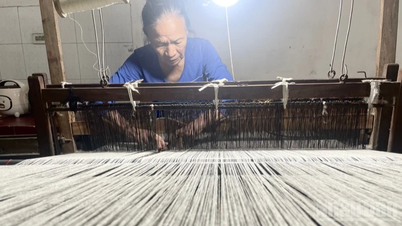

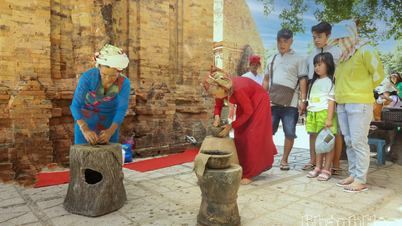

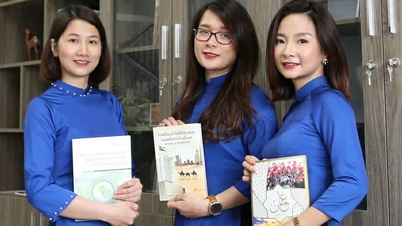

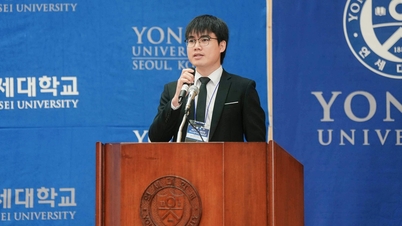










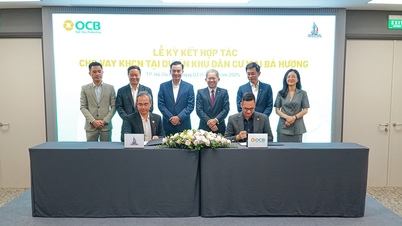
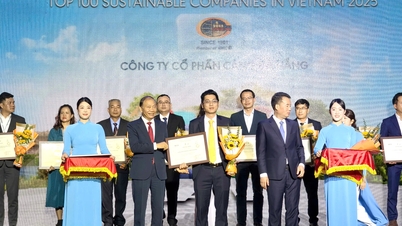
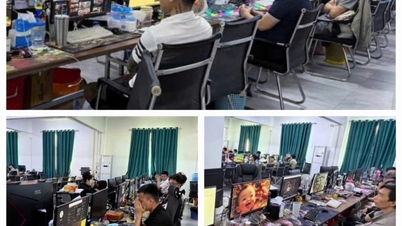
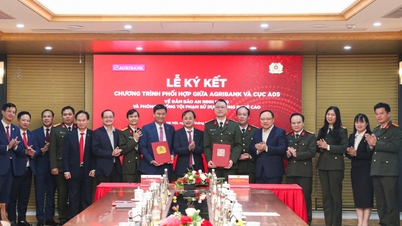

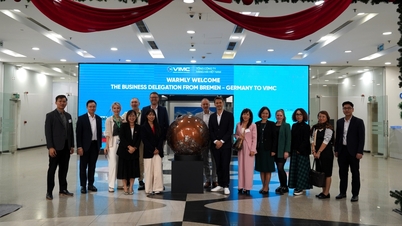






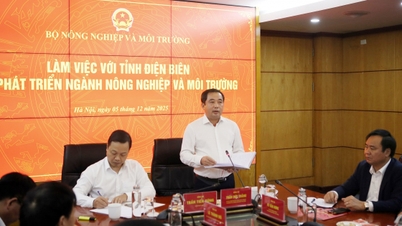



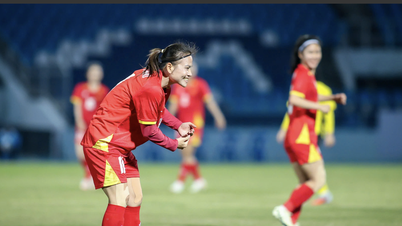


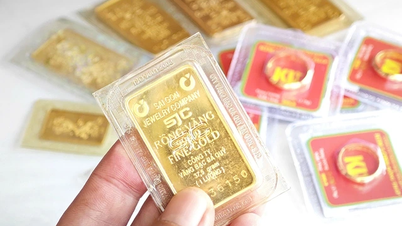
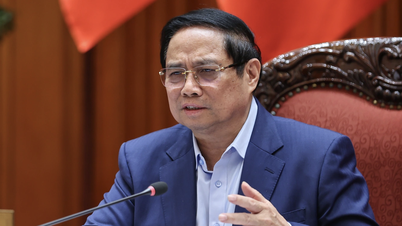




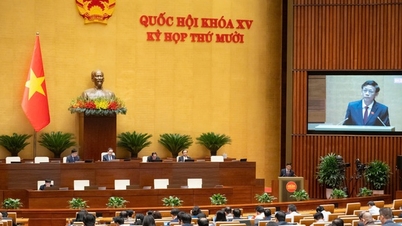
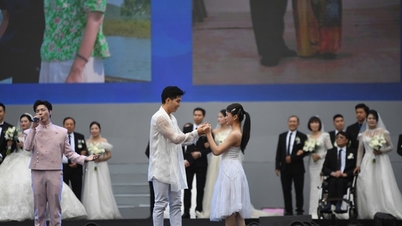
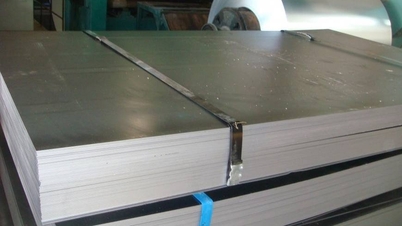


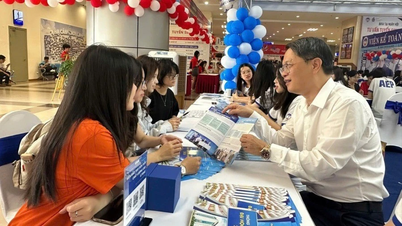


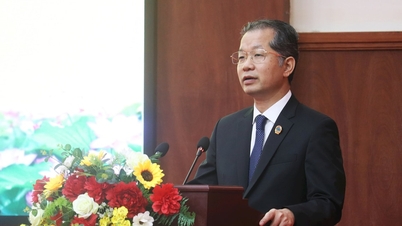

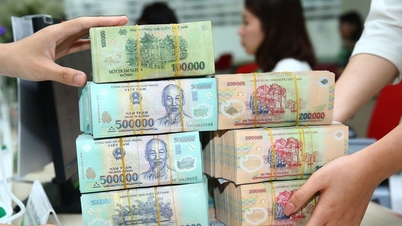

















Comment (0)